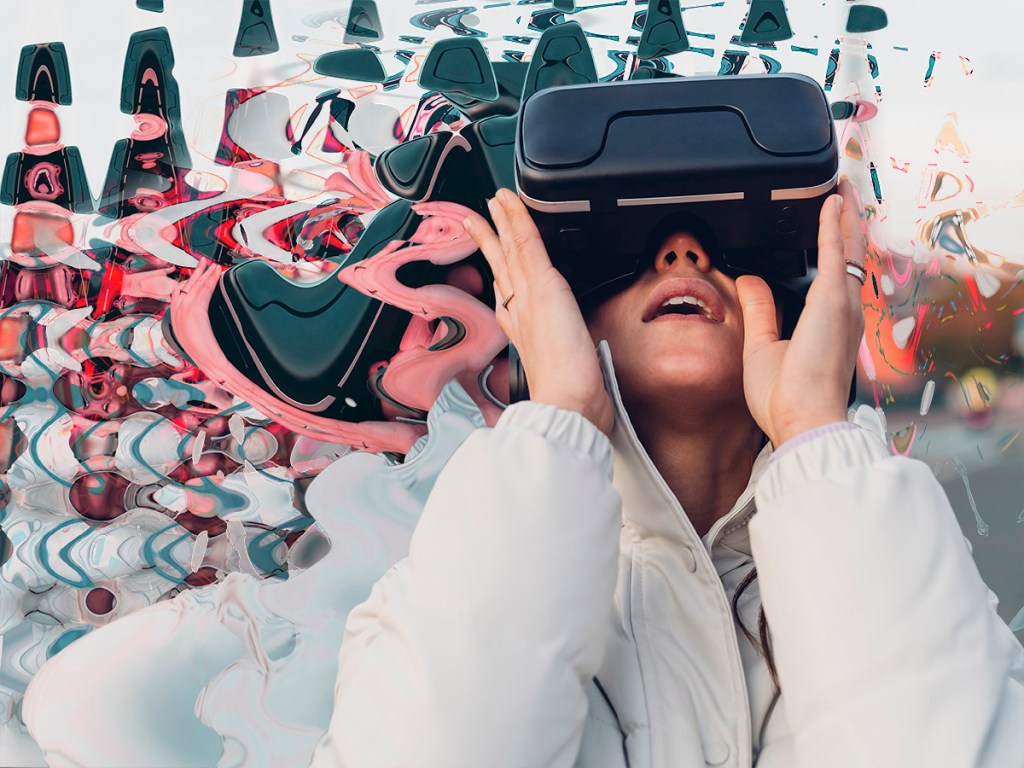What is VR? You might be curious about the world of virtual reality. Perhaps you want to try a virtual reality game, or need advice on a VR headset. Let us break it down for you in this explainer.
Virtual reality technology development is on the rise. Major players like Meta, Sony, Samsung and Google are all investing in new VR technologies, creating use cases across gaming, retail, healthcare, military and defence, education and more. The VR industry is estimated to increase by a compounding annual growth rate of 33% from 2022 to 2027, according to Mordor Intelligence. Here is the full explanation about what it is and why everyone is so excited about it. So let’s get started!
The beginners’ guide to Virtual Reality (VR)
Virtual reality, or VR as it is more typically called, is like launching into another world without needing to leave your home. It’s a completely immersive experience, where you can move around digital environments and interact inside them as if they were a real-life adventure.
What is VR?
Picture this: You don some high-tech goggles and they transport you to a stunning, three-dimensional world. You can see in all directions and you feel like you are actually there. It could be a brightly lit cityscape or peaceful countryside, or you could even be on an alien planet.
But VR isn’t just about peering around a fantastical world; it’s about interacting within the virtual world you find yourself in. Using a handheld controller or even just your own movements, you can manipulate objects, solve puzzles or play really intense and fun games. You can even take part in a fully immersive workout.
Users are fully immersed in the action, which is why it is so popular. In fact, it is so realistic that many people who suffer from motion sickness in the real world also suffer motion sickness in virtual worlds.
What is VR used for?
VR has been around for a long time but after Covid-19 lockdowns, people began to imagine a world outside their accommodation, but without leaving home. More people started visiting virtual museums and virtual art galleries and could even go on virtual holidays. People can now even get married in virtual worlds and there is fashion made specifically for virtual realms.
And you can record your wedding in VR and then afterward, be a guest at your own wedding using goggles. Your future kids could also experience your wedding day like they were there!
But it’s not all just fun and games. VR can also be used for training workers, allowing people to practise dangerous tasks without risks before they do the actual thing. It’s even being used in the health industry — virtual reality therapy has been shown to help people with anxiety, PTSD and other mental health conditions.
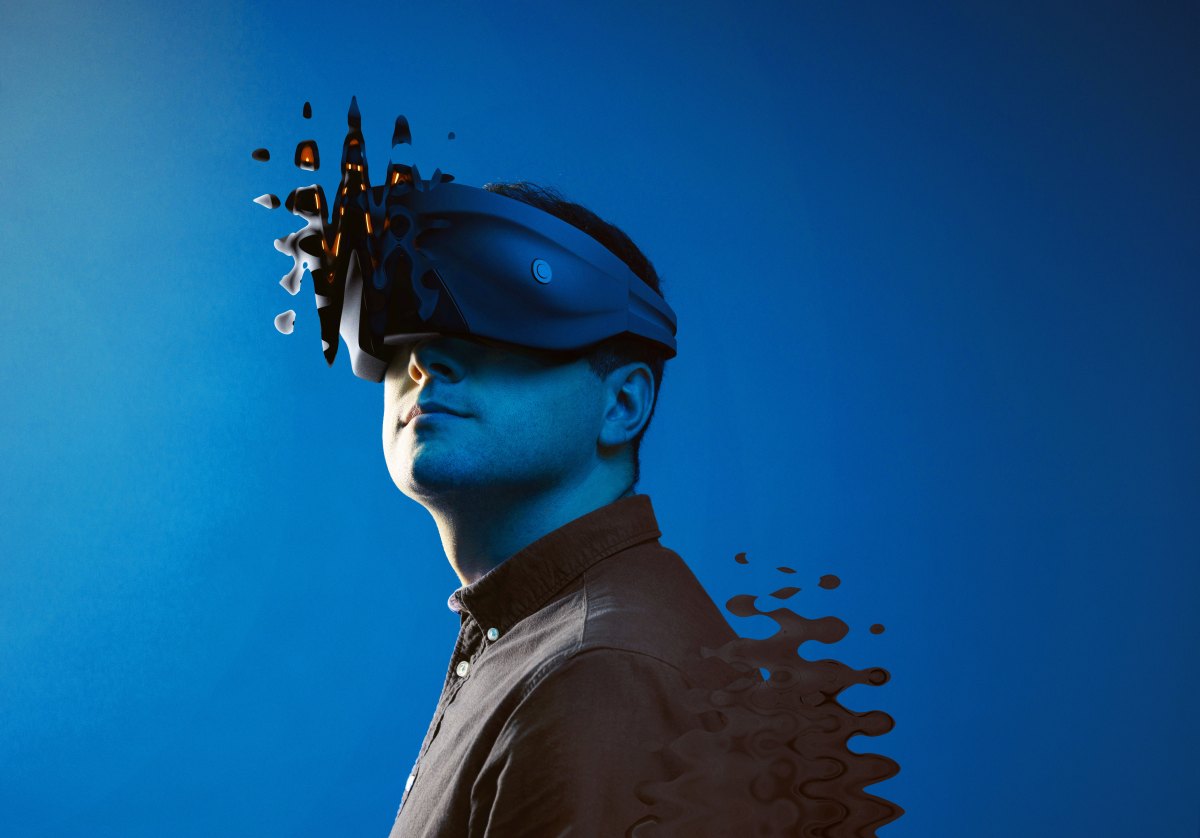
In the entertainment industry, virtual reality is evolving fast. Users can enter a movie, as long as it has been filmed for VR streaming. The Netflix app, for example, is starting to provide this service, along with the Meta Quest 2 headset. Prime Video is offering VR movies too. Imagine feeling like you’re in the middle of a mysterious alien planet, rather than just a observing from the couch!
VR and business
VR is expected to revolutionise the way we do business. From virtual meetings and conferences to product design, VR will be an immersive and collaborative experience. It will also save people from having to travel to a central place to meet.
Imagine holding a virtual meeting with people from around the world, while feeling like everyone is actually in the same room. People will be able to design a product in a virtual environment, without the need for physical prototypes and testing. Real estate agents have already built virtual reality versions of properties, so people can inspect them without leaving home.
Virtual reality explained: What are the 3 types of virtual reality?
There are three types of VR: non-immersive, semi-immersive, and fully immersive.
Non-immersive virtual reality, or desktop VR, lets users interact with a 3D environment on a computer. This is a great option for beginners or those on a budget. Non-immersive VR is mostly used for training purposes, allowing users to interact with a virtual environment.
Semi-immersive virtual reality provides a more immersive experience, using a headset and hand controllers to interact with an online world. Semi-immersive VR is mostly used in gaming and simulation.
Fully immersive VR involves a large physical space and users wear a headset plus other equipment, like haptic suits or gloves. This kind of VR is used in gaming situations, but also in training simulations where people can experience real-world situations in a safe environment.
Main applications of VR
In summary, VR has a wide range of applications across various industries.
Gaming and entertainment: VR can create immersive gaming experiences that allow users to interact with digital environments in ways that were previously impossible. VR acts as a fun compliment to existing gaming consoles like a PlayStation5 or an XBOX Series X.
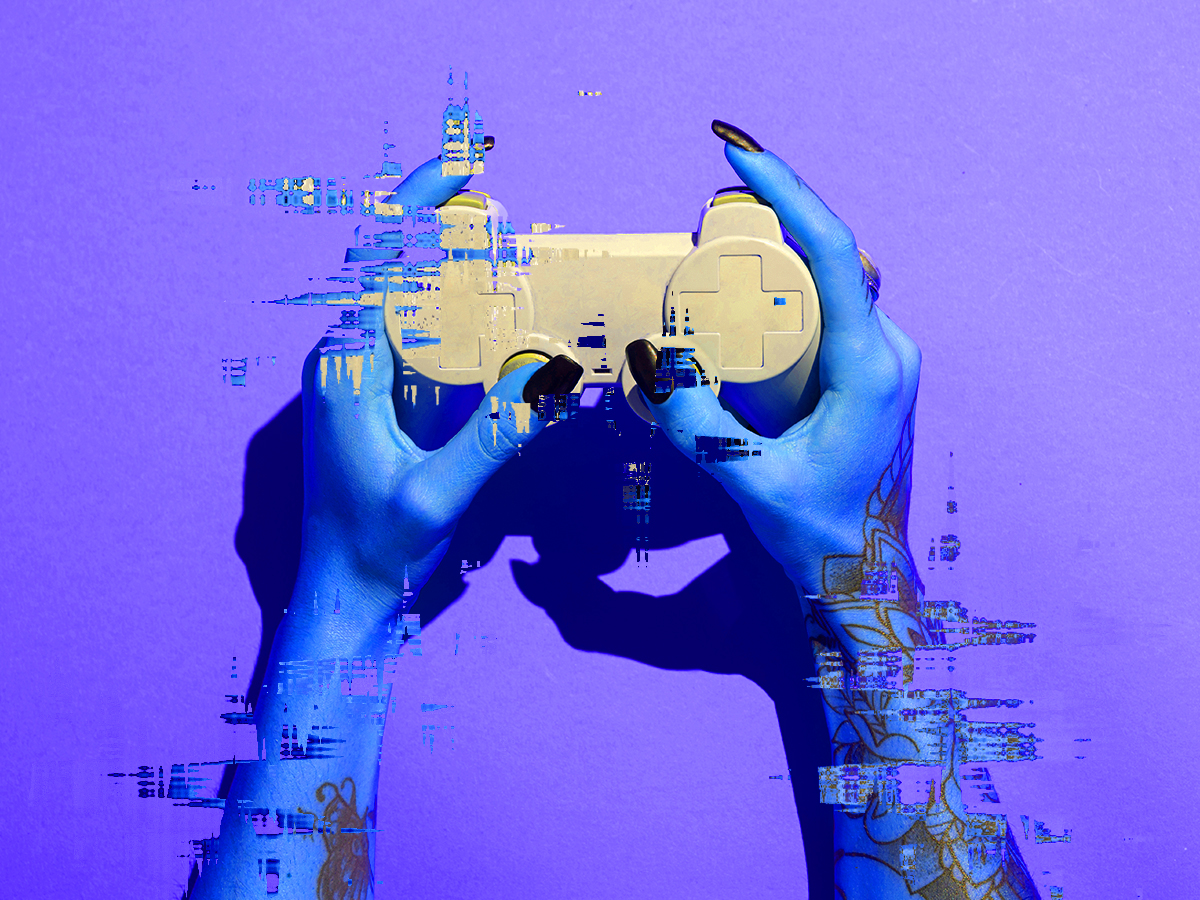
Education and training: VR can offer hands-on, immersive learning experiences. For example, medical students can practise surgical procedures, and pilots can practise flying in different conditions. The technology is most commonly used in flight training or for military training.
Healthcare: VR can be used for pain management, therapy and rehabilitation. VR is being used to help treat patients with phobias and anxiety, or to help treat autism by helping patients learn communication and social skills.
Architecture and design: VR can be used in architecture to create interactive visualisations of buildings. Architects and their clients can visualise the final product before it is built.
Marketing and advertising: VR in advertising can create engaging experiences that allow customers to interact with brands in innovative ways. Brands can use VR to take customers on virtual tours or give them a glimpse of what a company offers. Take the example of Volvo that allowed users to take a virtual reality test drive and view the interior of the new car.
Difference with Augmented Reality (AR)
Virtual Reality (VR) and Augmented Reality (AR) are two separate technologies that can be confused with each other, but they differ in some key ways.
VR technology creates an immersive digital experience that simulates a real-life environment. Users have little interaction with the real world. VR often requires a headset that completely covers the eyes and can also include sensors and controllers to track the user’s movements.
Augmented Reality, on the other hand, overlays digital elements onto the real world, using a phone or AR glasses. AR does not replace the real world with a digital one, like in VR; it enhances the real world by adding digital elements.
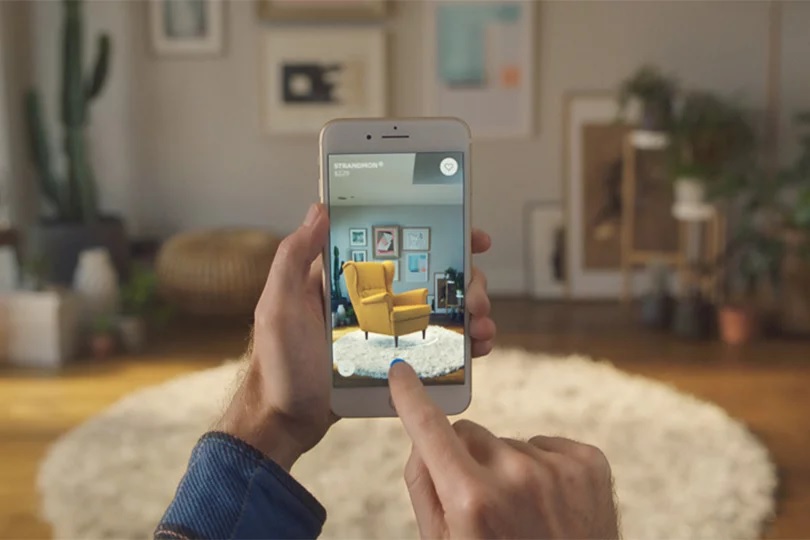
What do you need for VR?
First, you’ll need a VR headset. There are many different models available, each with its own unique features and capabilities.
You will probably also need a powerful computer or gaming console to run the virtual world. Many VR headsets need a high-end gaming PC to work, so make sure you have a device that meets the system requirements before buying a headset. There are others however, that don’t, so shop around.
You might want to invest in a pair of hand controllers too. These allow you to manipulate objects in the virtual world.
Finally, don’t forget about having a space to play — you will need to move around freely without bumping into things like bookcases and lights.
Which is the best VR headset?
At the top of the list is the Oculus Quest 2. It also goes by the name Meta Quest 2. This is a wireless experience, with no need for an external computer or console. The Oculus has a high-resolution display and a powerful processor. The Quest 2 also includes hand controllers.
The Meta Quest 2, also known as the Oculus Quest 2, has just come down in price. It is now selling in Australia for $629.99 at the time of writing.
For a PC-connected headset, the Valve Index is a popular option. This is known for ultra-low latency. The Index also comes with hand controllers with advanced finger tracking, making it seem like interactions in virtual worlds are natural and precise.
The PlayStation VR is more affordable than other headsets and is well-respected from the gaming community. It comes with hand controllers and a camera that has precise tracking of the user in their physical environment.
HTC Vive is a PC-connected VR headset that has a powerful tracking system for the body and other objects around the user that allows for movement in a large physical space. It also comes with hand controllers.
Samsung Gear VR is a smartphone-based VR headset, which uses a Samsung phone as the display. It’s an affordable and portable VR system that’s great for casual use.
Pico Neo 2 is a standalone headset that doesn’t need an external computer or console. It also comes with hand controllers for intuitive interaction.
HP Reverb G2 is a PC-connected VR headset that offers a high-resolution display and a comfortable design. It also features a high-quality audio system for an immersive audio experience.
What are the best VR games in 2023?
VR has taken gaming by storm and transformed the way we play games that is unlike anything we’ve seen before.
What are VR games?
A VR game differs from a traditional game in that is has an added dimension of immersion. Instead of watching the action on a screen, you are in the middle of it.
Some of the most-played VR games appear on live charts, so you can get an idea about what is currently popular to help you decide which games to play.
One of the most popular types of VR games is the first-person shooter game, which puts you in the shoes of a character, armed with weapons to fight enemies.
For example, War Thunder is a free-to-play military game with fighter jets, armoured vehicles and naval craft.
Games like “Half-Life: Alyx” have taken this genre to new heights, providing fast-paced action and stunning graphics.
But VR games aren’t just about murder. There are also puzzle games, racing games, and even sports games that have been designed specifically for VR.
Games like “The Room VR: A Dark Matter” are loved for their clever puzzles and beautiful environments.
And let’s not forget about the social aspect of VR gaming. Multiplayer games like “Rec Room” and “VRChat” allow players to meet up and play games together in a virtual world. It’s a fun and engaging way to connect with people from all over the world, without ever leaving your living room.
One of the most popular VR games is called “Beat Saber,” a rhythm-based game where players use virtual lightsabers to slice through blocks in time with the music.
“Lone Echo” is a sci-fi adventure that takes players into the depths of space. The game features stunning visuals, interesting characters and a gripping plot.
VR and the blockchain
Virtual Reality (VR) and blockchain technology are two different technologies that can be combined to create new experiences.
Blockchain-based VR platforms let users buy, sell, and trade virtual assets (like digital guns or other items that are used in the game) using cryptocurrency, rather than keeping the gaming assets within the game. Proponents of blockchain gaming argue that assets earned should be wholly owned by gamers.
This creates a decentralised and transparent marketplace for VR assets and the blockchain (which acts like a digital ledger) keeps track of who owns what asset.
Blockchain technology can also be used to improve security and privacy for users.
What is virtual reality cryptocurrency?
In some virtual worlds, players can use cryptocurrencies to buy things in the game. Once people are finished buying things, they can change their cryptocurrency back to normal money and cash out.
A well-known cryptocurrency in the virtual reality gaming space is Enjin Coin (ENJ). It’s built on the Ethereum blockchain and can be used to manage virtual assets.
The Future of Virtual Reality and Web3: What Lies Ahead?
The future of VR and Web3 is a rapidly evolving space, as interest and development of the metaverse grows. You can learn more about what exactly the metaverse is in our explainer here. As the technology behind VR and Web3 evolves, we will see more immersive and interactive virtual worlds that will let users socially interact, be entertained and be educated.
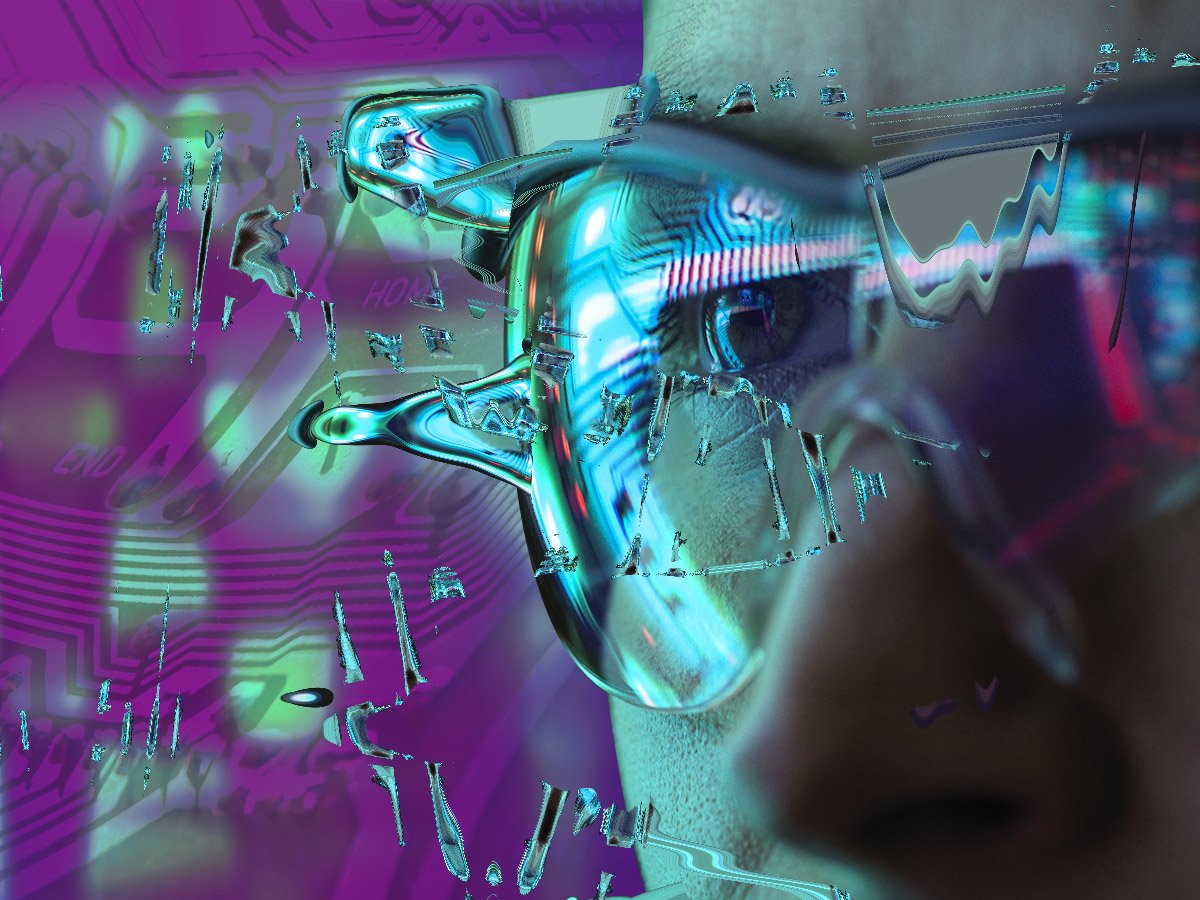
Innovation in VR will come in the form of advanced haptic feedback technology. Haptic feedback allows users to feel and interact with virtual objects as if they were real. This technology is already being used in some VR platforms, but as it becomes more affordable, we can expect to see it more in virtual worlds.
Artificial intelligence (AI) will also be integrated into virtual worlds. AI-powered virtual assistants will allow users to interact with virtual worlds in an intuitive way. Also, game designers will use generative AI to help them build their worlds.
It’s a brave new world and VR will make it really, really fun.





